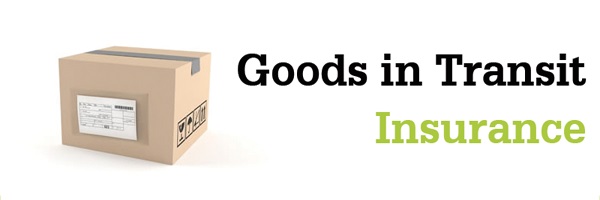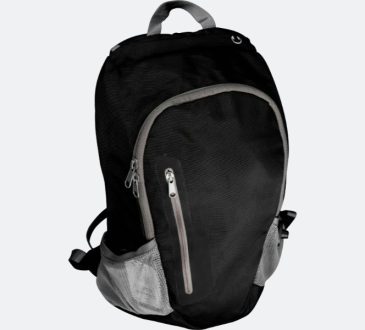
Understanding transit insurance for businesses is crucial to ensure the protection of valuable assets and mitigate financial risks during the transportation of goods and cargo. Here’s a comprehensive guide to help businesses navigate the path of protection when it comes to transit insurance:
-
Identify Your Transit Insurance Needs:
Determine what types of goods your business regularly transports, whether it’s raw materials, finished products, equipment, or other valuable items.
-
Types of Transit Insurance Policies:
Familiarize yourself with the different types of transit insurance policies available for businesses, such as marine cargo insurance, inland transit insurance, and air cargo insurance. Choose the one that best suits your specific needs.
-
Assess the Value of Your Cargo:
Calculate the total value of the goods your business transports. Make sure your transit insurance policy provides coverage that matches the value of your cargo.
-
Coverage Options:
Understand the coverage options offered by transit insurance, including coverage for damage, theft, loss, and other potential risks during transportation.
-
Special Considerations:
Depending on your industry and the nature of your business, consider any special considerations, such as temperature-sensitive goods, hazardous materials, or international shipping regulations.
-
Research Insurance Providers:
Look for insurance providers with expertise in transit insurance for businesses. Consider their reputation, financial stability, and track record in handling claims.
-
Compare Policies:
Obtain quotes from multiple insurance companies and compare policies based on coverage, deductibles, premiums, and any additional services or benefits.
-
Examine Policy Terms and Conditions:
Carefully review the policy terms and conditions to understand what is covered, what is excluded, and any specific requirements or limitations.
-
Deductibles and Premiums:
Determine the deductible amount you are comfortable with. Higher deductibles often result in lower premiums, but consider your financial capacity to cover the deductible in case of a claim.
-
Coverage Limits:
Ensure that the coverage limits of your transit insurance policy are sufficient to protect your cargo adequately. Adjust these limits if necessary.
-
Claims Process:
Inquire about the claims process of the insurance provider. A smooth and efficient process is crucial in the event of a claim.
-
Risk Management Strategies:
Implement risk management strategies within your business operations to reduce the likelihood of damage, loss, or theft during transit. This may include proper packaging, security measures, and staff training.
Goods in Transit insurance is a type of insurance policy that provides coverage for goods and cargo while they are in transit from one location to another. Whether you are a business owner shipping products or an individual moving your personal belongings, transit insurance can be crucial in protecting your assets from various risks during transportation, such as damage, theft, or loss. One should understand the Transit insurance comprehensivly to understand and choose the right transit insurance policy that works.




